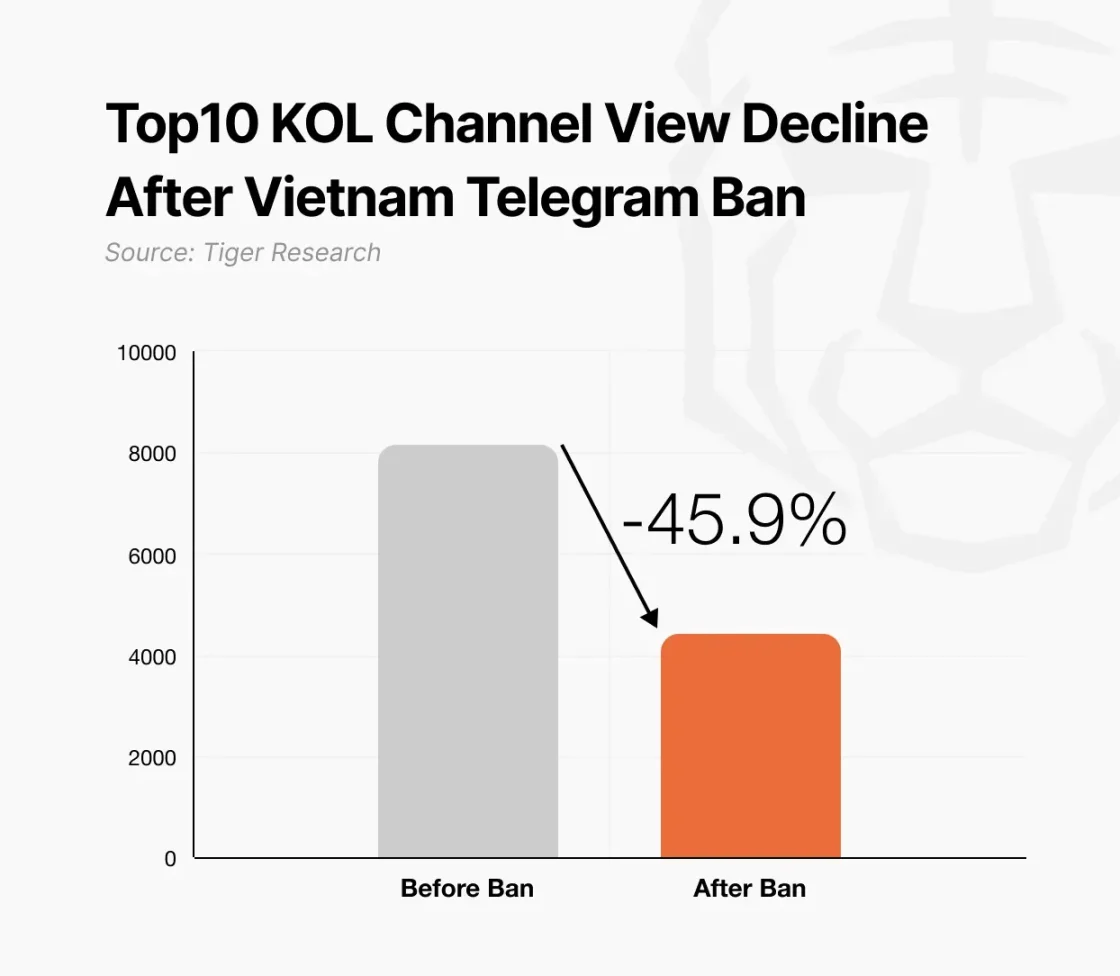The siphon effect of the US crypto market is emerging, Asian countries accelerate their layout to seize the track
Original Title: "The U.S. Is Set to Devour the Big Cake of the Crypto Market, Making Asian Countries Anxious"
Written by: Tiger Research
Compiled by: AididiaoJP, Foresight News
Summary
Regulatory and Government Dynamics
Hong Kong plans to introduce stablecoin regulations in August to consolidate its position as a digital financial hub.
Singapore implements a strict licensing system, prohibiting unlicensed companies from operating locally.
Thailand launches G-Tokens, becoming the first country to issue government digital bonds.
Corporate Activities
Japanese listed companies are adopting Bitcoin as a reserve strategy, driving a surge in institutional investment.
Chinese companies circumvent domestic restrictions through Hong Kong licenses and begin accumulating Bitcoin.
Policy Shifts
After the South Korean election, the Korean Won stablecoin became a focus, but regulatory fragmentation remains.
Vietnam historically shifts from banning cryptocurrencies to full legalization.
The Philippines adopts a dual-track strategy, combining strict regulation with a sandbox framework.
Asia's Web3 Market in Q2: Regulatory Stabilization and Increasing Corporate Investment
Although the focus of the Web3 market has clearly shifted to the U.S., developments in major Asian markets remain crucial. Asia not only has the world's largest cryptocurrency user base but also continues to operate as a core hub for blockchain innovation.
To this end, Tiger Research continues to track major trends in Asia's Web3 on a quarterly basis. In Q1 2025, regulators across Asia laid the policy foundation: introducing new regulations, issuing licenses, and launching regulatory sandboxes, with cross-border cooperation also beginning to take shape.
The regulatory foundation in Q2 facilitated substantive commercial activities and accelerated capital deployment. Policies introduced in Q1 were tested in the market, prompting further refinement and implementation of regulations.
Institutional and corporate participation significantly increased. This report analyzes Q2 progress by country and assesses how national policy shifts are shaping the global Web3 ecosystem.
Key Developments in Major Asian Markets
2.1. South Korea: The Intersection of Political Transition and Regulatory Adjustment
Source: Tiger Research
In Q2, cryptocurrency policy became a hot topic ahead of South Korea's presidential election in June. Candidates actively made Web3-related promises, and with Lee Jae-myung's victory, the market anticipates significant policy adjustments.
One of the core issues is the launch of the Korean Won stablecoin. Related stocks (such as Kakao Pay) rose in response, and traditional financial institutions began applying for Web3-related trademarks in preparation for market entry.
However, conflicts arose during the policy-making process, particularly between the Bank of Korea and the Financial Services Commission (FSC) over jurisdiction. The central bank advocated for early intervention in the approval process, viewing stablecoins as part of the digital financial ecosystem alongside central bank digital currencies (CBDC).
In July, the Democratic Party announced a 1-2 month delay in the introduction of the "Digital Asset Innovation Bill." The lack of a clear policy leader appears to be a key bottleneck, with inter-departmental consultations still fragmented. Thus, despite the focus on the Korean Won stablecoin, specific regulatory guidance is still missing.
Nevertheless, incremental progress was made at the institutional level. New regulations in June allowed non-profit organizations and exchanges to sell donated crypto assets and realize proceeds immediately, while requiring operations to minimize market impact.
Global exchanges' interest in the South Korean market continues to grow: Crypto.com Korea completed integration with Upbit and Bithumb, and KuCoin also stated it would return to the market after meeting regulatory standards.
Offline activities increased significantly. Compared to last year, the number of meetups hosted by project teams surged, and the frequency of international projects visiting South Korea outside of conference periods also rose markedly. However, business-focused events have caused fatigue among local builders.
2.2. Japan: Institutional and Corporate Adoption Drives Bitcoin's Strategic Expansion
Source: Bitcoin Treasury
In Q2, Japanese listed companies began a wave of Bitcoin adoption. This trend was primarily driven by MetaPlanet, which saw approximately 39 times returns after its first Bitcoin purchase in April 2024, setting a market benchmark that prompted companies like Remixpoint to follow suit.
Meanwhile, the construction of stablecoin and payment infrastructure accelerated. Sumitomo Mitsui Financial Group collaborated with Ava Labs and Fireblocks to prepare for stablecoin issuance; the crypto subsidiary Mercoin of the second-hand platform Mercari added XRP trading support, covering over 20 million monthly active users.
As the private sector became active, regulatory discussions evolved. The Financial Services Agency (FSA) proposed a new classification system, dividing crypto assets into two categories:
Type 1: Tokens used for financing or business operations
Type 2: General-purpose crypto assets
However, these updates remain in the discussion phase, with limited substantive changes.
Retail investor participation remains sluggish. Japanese retail investors traditionally prefer conservative strategies and are cautious about crypto assets. Therefore, even with new entrants, it is difficult to drive retail capital inflows in the short term.
This contrasts sharply with markets like South Korea, where active retail participation directly provides early liquidity for new projects. Japan's institution-led model, while more stable, may limit short-term growth momentum.
2.3. Hong Kong: Regulating Stablecoins and Expanding Digital Financial Services
In Q2, Hong Kong advanced its stablecoin regulatory framework, strengthening its position as Asia's digital financial hub. The Hong Kong Monetary Authority (HKMA) announced that new stablecoin regulations would take effect on August 1, with the licensing system for issuers expected to be in place by year-end.

Source: MAS
In Q2, Singapore's crypto regulatory stance shifted significantly towards strictness. Most notably, the Monetary Authority of Singapore (MAS) completely banned unlicensed digital asset companies from operating locally, clearly opposing regulatory arbitrage.
The new rules apply to all local businesses serving global users, effectively mandating formal licensing. Business registration alone is no longer sufficient to operate.
This change has put pressure on local Web3 companies. Businesses face a choice: either establish fully compliant entities or relocate to regions with more lenient regulations. While the policy aims to enhance market integrity and consumer protection, its restrictions on early-stage cross-border projects are evident.
2.5. China: Digital Yuan Internationalization and Corporate Web3 Strategies
In Q2, China advanced the internationalization of the digital yuan, with Shanghai as the core battleground. The People's Bank of China plans to establish an international operations center in Shanghai to support cross-border applications of the digital currency.
However, there is a disconnect between policy and practice. Despite the nationwide ban on cryptocurrencies, local governments in Jiangsu and elsewhere reportedly sold confiscated digital assets to fill fiscal gaps, displaying a pragmatic attitude contrary to central policy.
Chinese companies also adopted flexible strategies. Logistics group AdanTex and others began emulating Japanese companies in accumulating Bitcoin; other companies circumvented mainland restrictions through Hong Kong licenses to participate in the global Web3 market.
Interest in RMB stablecoins also heated up towards the end of the quarter. Concerns over the dominance of USD stablecoins and RMB depreciation fueled active discussions. On June 18, central bank governor Pan Gongsheng proposed a vision for a multipolar global currency system, hinting at openness to stablecoin issuance. In July, Shanghai's State-owned Assets Supervision and Administration Commission initiated discussions on RMB stablecoin development.
2.6. Vietnam: Cryptocurrency Legalization and Strengthened Digital Control
In Q2, Vietnam officially announced the legalization of cryptocurrencies, marking a significant policy shift. On June 14, the National Assembly passed the "Digital Technology Industry Law," which recognizes digital assets and outlines incentives for areas like AI, semiconductors, and digital infrastructure.
This represents a historic reversal of Vietnam's previous ban on cryptocurrencies, positioning the country as a potential catalyst for widespread cryptocurrency adoption in Southeast Asia. Given Vietnam's previous restrictive stance, this move signifies a major adjustment in the region's cryptocurrency policy.

At the same time, the government tightened control over digital platforms. Authorities, citing fraud, drug trafficking, and terrorism, ordered telecom providers to block Telegram. Police reports indicated that 68% of the platform's 9,600 active channels were involved in illegal activities.
This dual approach—legalizing cryptocurrencies while cracking down on digital abuse—reflects Vietnam's intent to allow innovation within a tightly monitored framework. While digital assets are now legally recognized, their use for illegal activities is being met with stricter enforcement.
2.7. Thailand: Government-Led Digital Asset Innovation
In Q2, Thailand advanced its state-led digital asset initiatives. The Securities and Exchange Commission (SEC) proposed allowing exchanges to list their own utility tokens, relaxing previously strict listing rules.
More notably, the government announced the issuance of digital bonds. On July 25, Thailand will issue $150 million in "G-Tokens" through an approved ICO portal, with the tokens not usable for payments or speculative trading.
This initiative represents a rare case of public sector involvement in digital asset issuance, providing an early model for global tokenized finance.
2.8. Philippines: Strict Regulation and Innovation Sandbox in Parallel
In Q2, the Philippines implemented a dual-track "regulation and innovation" strategy. The central bank and Securities and Exchange Commission (SEC) tightened control over token listings, significantly expanding VASP registration and anti-money laundering compliance requirements.
Particularly notable are new regulations targeting influencers. Content creators promoting crypto assets must register with authorities, with violators facing up to five years in prison, making it one of the strictest enforcement regimes in the Asia-Pacific.
Concurrently, an innovation support framework was introduced. The SEC opened applications for the "StratBox" sandbox program, providing a controlled testing environment for crypto service providers.
[Disclaimer] The market carries risks, and investment requires caution. This article does not constitute investment advice, and users should consider whether any opinions, views, or conclusions herein are suitable for their specific circumstances. Investments made accordingly are at the investor's own risk.
Original Link



